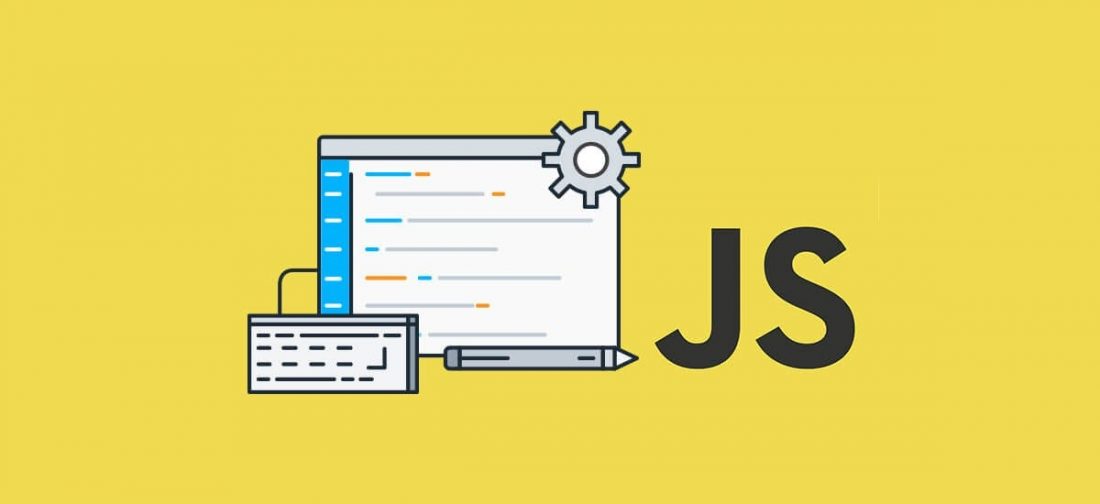
Top Programming Languages to Learn in 2025
Programming continues to evolve at a rapid pace, making it essential for developers, enthusiasts, and businesses to keep up with emerging trends. The year 2025 brings new challenges and opportunities in technology, demanding expertise in specific programming languages. This article provides insights into the top programming languages predicted to dominate the market in 2025 based on demand, usability, and growth potential.
Python: The King of Versatility
Python remains at the forefront of programming languages thanks to its flexibility and simplicity. Known for its easy-to-learn syntax, Python is ideal for beginners and professionals alike. The language powers diverse fields, including web development, data science, artificial intelligence, and automation. Its robust libraries, such as TensorFlow, Pandas, and Django, make it a go-to choice for complex applications.
One of Python’s greatest strengths lies in its extensive range of libraries and frameworks, enabling developers to tackle a variety of tasks efficiently. Whether it’s building machine learning models or automating repetitive processes, Python provides the tools needed to streamline workflows. Additionally, Python’s integration capabilities with other programming languages further increase its usability across platforms.
Why Python Will Stay Relevant
Python’s relevance stems from its adaptability and growing use cases in emerging technologies. With advancements in AI and machine learning, Python is crucial for developing algorithms and managing data. Additionally, its extensive community support ensures constant updates and solutions for developers. This community-driven approach guarantees that Python evolves alongside technological advancements, keeping it relevant and reliable.
The demand for Python developers is set to rise as industries increasingly rely on data-driven decision-making and AI-powered solutions. Moreover, its use in academic settings means a steady influx of new developers familiar with the language, ensuring its longevity as a staple in the programming world.
JavaScript: Driving the Web Forward
JavaScript continues to dominate web development, powering interactive elements on websites and applications. With frameworks like React, Angular, and Vue.js, JavaScript simplifies the creation of dynamic user experiences. It is a fundamental language for front-end and increasingly for back-end development, thanks to Node.js.
In addition to its versatility in web development, JavaScript is finding its way into other areas, such as game development and Internet of Things (IoT) applications. Its event-driven nature and asynchronous programming capabilities make it an excellent choice for building real-time applications, such as chat platforms and collaborative tools.
Expanding Ecosystem and Demand
The demand for JavaScript is fueled by the growing need for responsive web and mobile applications. As e-commerce and digital platforms expand, JavaScript developers find themselves in high demand, ensuring the language’s dominance in the tech space. Its integration with powerful tools like WebAssembly further expands its capabilities, making it indispensable for future development projects.
Another factor contributing to JavaScript’s popularity is its ability to run seamlessly across different environments, from browsers to servers. This flexibility ensures that developers can use a single language for full-stack development, significantly reducing the learning curve and enhancing productivity.

Rust: The Future of Systems Programming
Rust has gained immense traction for its focus on safety and performance. It is designed to replace C and C++ in system-level programming, offering better memory safety without sacrificing speed. Industries relying on high-performance applications, such as gaming and embedded systems, are increasingly turning to Rust.
Unlike traditional system-level languages, Rust prioritises developer experience by providing detailed error messages and a strict compile-time check system. These features reduce the likelihood of runtime errors, making applications more secure and efficient. Rust also excels in managing concurrent programming, a critical requirement in modern multi-core processors.
Why Rust Is Rising
Rust’s growing popularity is attributed to its zero-cost abstractions and ability to prevent common bugs during compile time. The language is endorsed by major tech companies like Microsoft and Amazon, signifying its importance in shaping the future of secure and efficient programming. Its adoption in blockchain and cloud computing further highlights its expanding role in the tech industry.
Additionally, Rust’s commitment to open-source development ensures continuous improvement and innovation. Developers can contribute to its ecosystem, which fosters a collaborative environment and accelerates the development of new tools and libraries.
In conclusion, Python, JavaScript, and Rust are poised to lead the programming landscape in 2025. Their unique strengths and adaptability ensure they remain essential for various domains, from web development to system programming. For those looking to enhance their skills and future-proof their careers, these languages are the perfect starting point.





